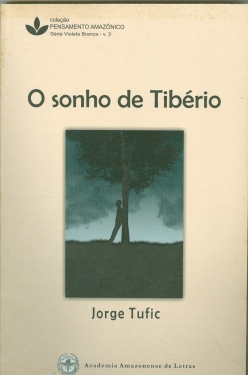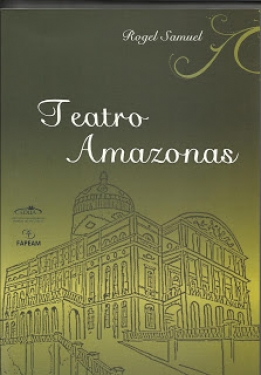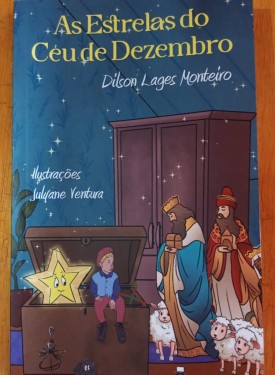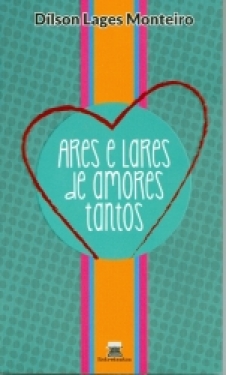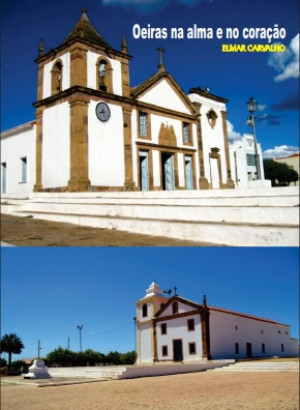O AMAZONENSE MARCELO GOMES EM SYMPHONY 9
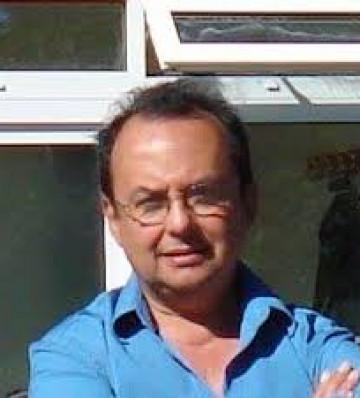 Por Rogel Samuel Em: 21/10/2012, às 08H15
Por Rogel Samuel Em: 21/10/2012, às 08H15
O AMAZONENSE MARCELO GOMES EM SYMPHONY 9
(MARCELO GOMES É AMAZONENSE)
Instead of rousing him or dancing, her first action is to place her hand tenderly over his mouth, as if to stop the words he is ready to utter. This largely ebullient and pure-dance work, whose premiere was given by American Ballet Theater on Thursday night at City Center, is studded with such private incidents, indicating a secret, darker drama we can only guess at.
Andrea Mohin/The New York Times
From left, Joseph Phillips, Eric Tamm and Arron Scott with fellow members of American Ballet Theater in "Symphony #9," choreographed to music by Dmitri Shostakovich.
The ninth symphony that Mr. Ratmansky has choreographed here is by Dmitri Shostakovich. Its premiere occurred in 1945, and the composer — an artist of secrets, codes and double messages — seems to have been addressing the largely positive mood brought on by the close of World War II. Because the end of Hitler did not mean the end of Stalin, and because some of the eventual Russian gains were to prove as appalling as the incalculable losses, postwar relief was laced with tension.
Mainly, like its music, "Symphony #9" is bright in energy. To watch it the first time is to keep finding surprises. Its dance language, its unfolding structure and its moods are dynamic, as if the terrain about it were continually shifting, like a kaleidoscope. Whereas previous Russian-themed works by Mr. Ratmansky have suggested a single imaginary world, "Symphony #9" has no such sense of fixed place. History strangely whirls through and around it.
At first the choreographic structure recalls George Balanchine's "Stravinsky Violin Concerto," with soloists chasing around (first Craig Salstein, then Simone Messmer), each accompanied by four lively supporting dancers. Meanwhile the dance language blends Balanchine (steps off balance, and foot-circling gargouillade jumps for the women) with Frederick Ashton (brisk hops on point and vividly pliant upper bodies). Mr. Salstein's role is unstoppably Puckish; Ms. Messmer is ardently playful. Often we see bodies leaning two ways at once — the lower body is forward, while the torso plunges back — but this self-contradictory mood is jubilant, unconflicted.
A second-movement pas de deux for Ms. Semionova and Mr. Gomes brings calm; the tone is trusting, loving, quietly lyrical. They too are joined, though later, by four men and four women.But when Herman Cornejo arrives, the ballet's structure veers in other directions. His role keeps it perpetually unresolved until the final curtain.
What contribution does this late arrival make? Mr. Cornejo here is part of the same world, and yet he has no retinue and partner. He is maybe the genius of the place, the force of history. The impetus and fervor of Mr. Cornejo's dancing are superb, and his personal beauty has never been better displayed. In the third movement he pounces gloriously, only then to hover on one leg in a luminously sculptural attitude. The ballet ends with him alone, spinning like a tornado. This marvelous artist, rightly, has the final bow.
On further viewings it will be fascinating to analyze how the changes of thread in Shostakovich's score have prompted aspects of Mr. Cornejo's impersonal but thrilling role. Shostakovich's third, fourth and fifth movements run together; their moods, both onstage and in the score, include the symphony's most ominous as well as the most vivacious parts. Mr. Cornejo personifies their force. But the others, especially Mr. Gomes, carry the ballet's more human and mortal feelings.
At the end of the second movement, accompanied by a solo piccolo, Ms. Semionova and Mr. Gomes lie down, as if to sleep, and yet the timing is amusing. They descend to the floor in abrupt sections, bit by bit. And no sooner do they lie there than Mr. Gomes raises a finger: he's signaling, "Wait." In the third movement Mr. Gomes waits on the floor at the back of the stage, then slowly rises. It seems to take ages for his torso and eventually his head to become upright; he is apparently coping with an immense internal burden. Like Ms. Semionova's early "hush" gesture, these dramatic images haunt the ballet without ever being explained.
In Jennifer Tipton's lighting the backdrop changes from dark to bright and back again. Keso Dekker's patterned costumes are predominantly black and white.
There will be much more to say of this ballet, which returns to New York as part of Mr. Ratmansky's all-Shostakovich, all-symphonic trilogy during American Ballet Theater's spring season at the Metropolitan Opera House. This will be an unprecedented choreographic undertaking, which Mr. Ratmansky considers as a single work.
The configurations for the corps de ballet are full of individualizing strokes as well as remarkable numerical and geometric shifts. Here we see three of them, here six, here seven. At one point we see a Semionova-Gomes scene through a passing colonnade of women slowly walking across the front of the stage. The texture of the movement is often colored by rich transitions; you feel dancers stretching their way from A to B.
After this first viewing my applause is tempered by three reservations. Though Mr. Salstein dances admirably, his need to communicate with knowing facial expressions — in a role that starts the work — misleads the audience into thinking that he holds the key to the ballet.
Ms. Semionova, though glowingly lovely, seems to dance only with Mr. Gomes's assistance, whereas he, gorgeously, often slips in sumptuous steps in between partnering in their pas de deux.
And there are too many instances of women carried with snug fondness across their men's chests, joining their arms around their partners' necks. On Thursday this fond neck hanging was all too reminiscent of the evening's previous ballet, Antony Tudor's "Leaves Are Fading," which, a friend remarked, may be the most boring (but by no means the worst) ballet ever made by a great choreographer. The program ended with "Rodeo."
Ballet Theater's season, crammed with repertory and cast changes, ends on Saturday. I look forward to reporting on it further.







